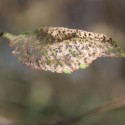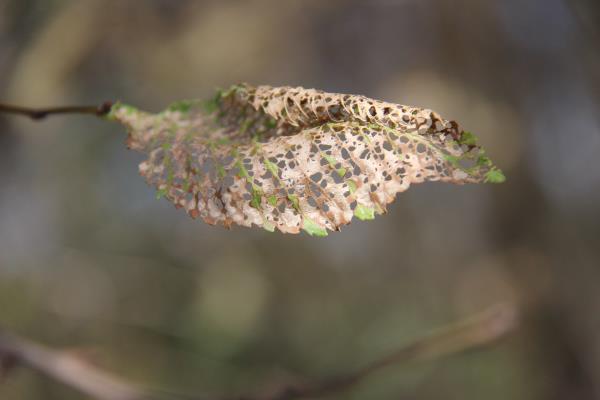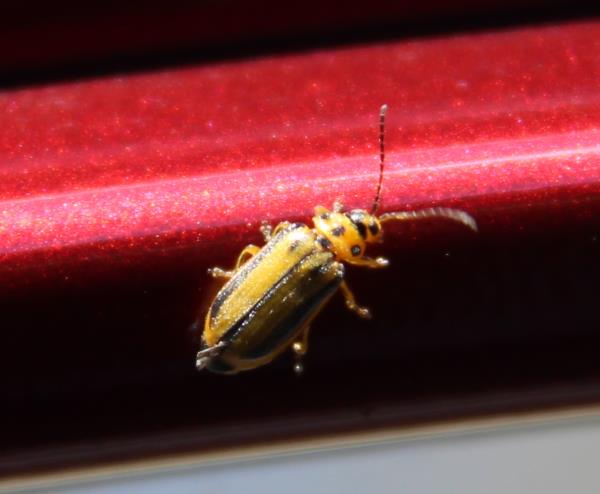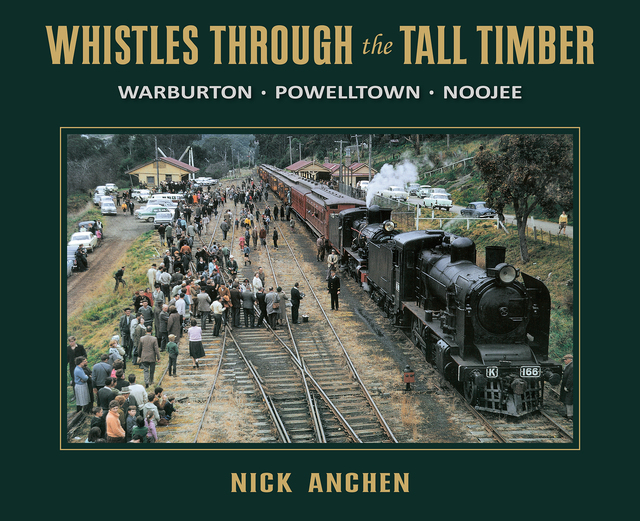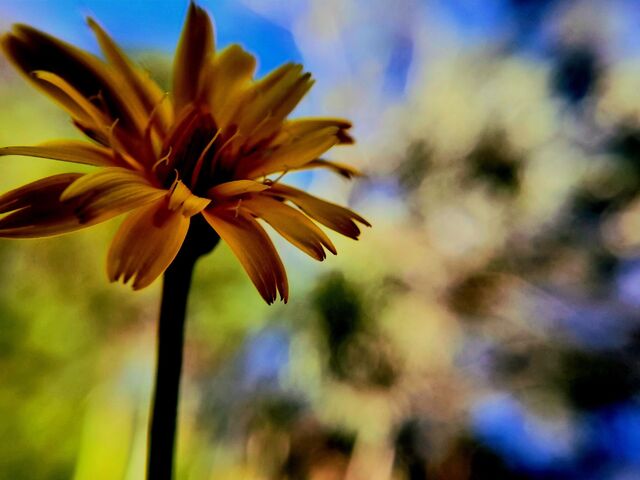By KATH GANNAWAY
ELM leaf beetles are leaving a powdery trail of destruction as they munch through some of the Yarra Ranges’ most significant and historic trees.
Elm leaf beetle infestation is a seasonal problem throughout Victoria, but according to Yarra Ranges Council’s environment and engineering director David Harper conditions this summer have resulted in greater infestation and damage than usual.
Jo Griggs, president of Friends of the Elms (FOTE), a voluntary group that champions the elms and provides advice on pests and diseases that threaten them, said they have had many calls about elm leaf beetle infestations this summer, including a surprising number from around Yarra Ranges.
There are significant stands of elms in Healesville, Warburton and Lilydale and Ms Griggs said FOTE had had inquiries from the Dandenong Ranges.
The Mail reported in October last year that residents of The Patch were concerned about the large numbers of beetles around that part of the hills.
There can be several generations of the larvae/beetle cycle in one season with the insect in both stages feasting on the leaves leaving a skeleton of leaf veins. The larvae are particularly voracious.
In response to inquiries about Healesville’s main street trees, Mr Harper said they were part of the council’s beetle control program which is a three-year treatment cycle. The last treatment was in 2014.
“Elm leaf beetles do not directly kill trees, but the trees do become unsightly and the early loss of leaf function can cause stress to the trees if untreated over successive seasons,” he said.
The council has said previously that the cost of treating elm trees on private land is prohibitive and not a service they could provide.
But Ms Griggs urged private land owners to have their trees treated saying there were a few viable treatments available which are detailed on the FOTE website www.friendsoftheelms.com.au
The beetle’s habit of hitchhiking from one area, and one tree to another, means the more trees that are treated, the better the chances of stopping infestations.
FOTE is also asking people to register their elm tree on the Australian Elm Register.
This is an insurance measure against the deadly Dutch Elm Disease (DED) ever finding its way to Australia.
Ms Griggs said DED had killed approximately 40 million elms in the Northern Hemisphere.
“As we are the only continent without DED, our elms have become even more important,” she said.
The good news is that the beetle is treatable, unlike the DED fungus which is terminal.
For information ring the FOTE hotline on 0409 870 860 or visit the website.

